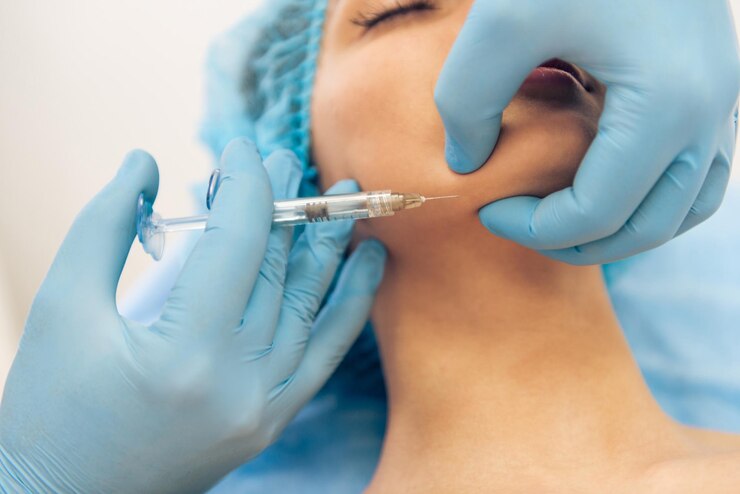As cosmetic procedures continue to evolve, non-surgical enhancements have gained popularity due to their minimal downtime and relatively low risk. Skin elasticity plays a critical role in how well dermal fillers work and how long their results last. When considering Jawline Fillers Injections in Dubai, for instance, where aesthetic trends lean toward sculpted and youthful appearances, understanding the interaction between skin elasticity and filler performance becomes even more essential. Patients are often evaluated not just for bone structure or fat distribution, but also for the quality of their skin. Let’s explore how elasticity influences jawline enhancement and what it means for individuals considering this treatment.
The Role of Fillers in Jawline Contouring
Jawline filler injections are typically composed of hyaluronic acid (HA) or other biocompatible substances that are injected into specific areas to create definition, balance asymmetry, or reduce the appearance of jowls. These fillers add volume and structure, mimicking the look of a more angular jaw.
How Skin Elasticity Affects Filler Results
Holding Shape and Definition
When skin elasticity is high, the skin naturally conforms to the new contours created by fillers. It wraps snugly around the injected product, enhancing the appearance of a sculpted jawline. However, when elasticity is poor, the skin may sag or appear loose, which can obscure the definition the filler is meant to create.
Migration and Settling of Fillers
Reduced elasticity can lead to uneven distribution or movement of the filler over time. This could result in a less stable contour and potential asymmetry. Filler that shifts or spreads too widely won’t provide the desired sharpness in the jawline.
Longevity of Results
Elastic skin helps maintain the position and structure of dermal fillers, which means the results often last longer. In contrast, less elastic skin may metabolize fillers more quickly due to increased movement and lack of support, leading to shorter-lasting outcomes.
Increased Volume Requirements
Patients with low elasticity may require more products to achieve visible results. The lack of skin tautness means more filler is needed to lift and define the jawline effectively. This not only increases the complexity of the procedure but can also influence the naturalness of the results.
Evaluating Skin Elasticity Before Filler Injections
A thorough evaluation of skin quality is a crucial step before any cosmetic treatment. Professionals often assess the following:
-
Skin pinch test: Gently pinching the skin and observing how quickly it returns to its original shape is a basic test of elasticity.
-
Visual assessment: Signs of sagging, jowls, or deep folds indicate decreased elasticity.
-
Texture and hydration: Dry, rough, or thin skin is often associated with lower collagen levels and decreased elasticity.
Can Skin Elasticity Be Improved?
Yes, and doing so can significantly improve the outcomes of jawline filler injections. Here are a few ways to boost skin elasticity:
Topical Treatments
Ingredients such as retinoids, peptides, and vitamin C can stimulate collagen production and improve skin texture over time. These are often used as part of a pre-or post-treatment skincare routine.
Microneedling and RF Treatments
Non-invasive treatments like microneedling or radiofrequency (RF) therapy stimulate collagen remodeling and enhance skin elasticity. These can be used in tandem with dermal fillers for optimal results.
Hydration and Nutrition
Staying hydrated and consuming a diet rich in antioxidants, healthy fats, and proteins supports skin health. Supplements such as collagen peptides and vitamin E may also aid in skin repair and resilience.
Laser and Ultrasound Treatments
Technologies such as ultrasound therapy (e.g., Ultherapy) or fractional lasers can tighten the skin by stimulating deeper layers of collagen production. These can be used to improve skin tone and elasticity before or after filler procedures.
Conclusion
Skin elasticity has a profound impact on the results of jawline filler injections. It influences everything from how the filler settles and holds its shape to how long the results last. As aesthetic procedures become more nuanced and patient-specific, understanding the role of skin quality, particularly elasticity, becomes essential for both practitioners and patients.



